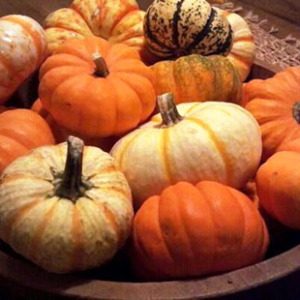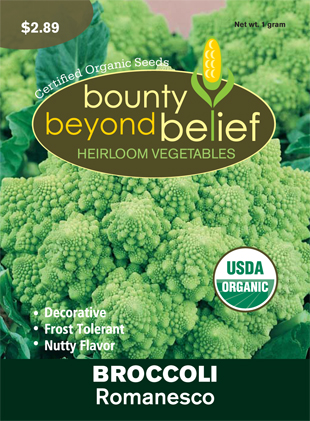Thanksgiving Decorations from the Garden
Collecting Fall Decor
by Sandy Swegel
One reason I first started gardening was so I could cut flowers to bring into the house or to bring as a gift to friends. Almost all the flowers are finished in Colorado so it’s time to be more creative. There’s still lots to do to bring nature beautifully indoors and get thanksgiving decorations from the garden.
Decorate with Leaves. This one is obvious. We had great color this year with our leaves. Warm weather in September and October turned our trees and gardens very lush and colors are extra intense. A Google search for decorating with leaves brought a zillion images of leaf mobiles and wreaths and candle holders and art cards. At our house, a neighbor’s seven-year-old came in and just put the big maple leaves she liked in a row down the table….a perfect fall runner.
Display the vegetables. It takes a long time to grow winter squash. Don’t just eat it. Put it on display for a couple of weeks. In anticipation of Thanksgiving, I get out the big platters and artfully store those big bulky squash in plain view on the counter. Instant art.
Use your prunings. Cut spruce branches, pyracantha berries and other colorful or weirdly shaped stems make great decorations for your outdoor pots.
Make everything into candle holders. Hollowed out squash and apples or overgrown beets. Everything looks festive with a tea light!
Enjoy the color and bring the beauty indoors!
Photo credits:
http://www.preen.com/articles/pots-for-fall-and-winter
http://organizeyourstuffnow.com/wordpress/6-fast-and-easy-ways-to-decorate-with-leaves
http://www.diy-enthusiasts.com/decorating-ideas/nature-fall-decorating-ideas-easy-diy/



